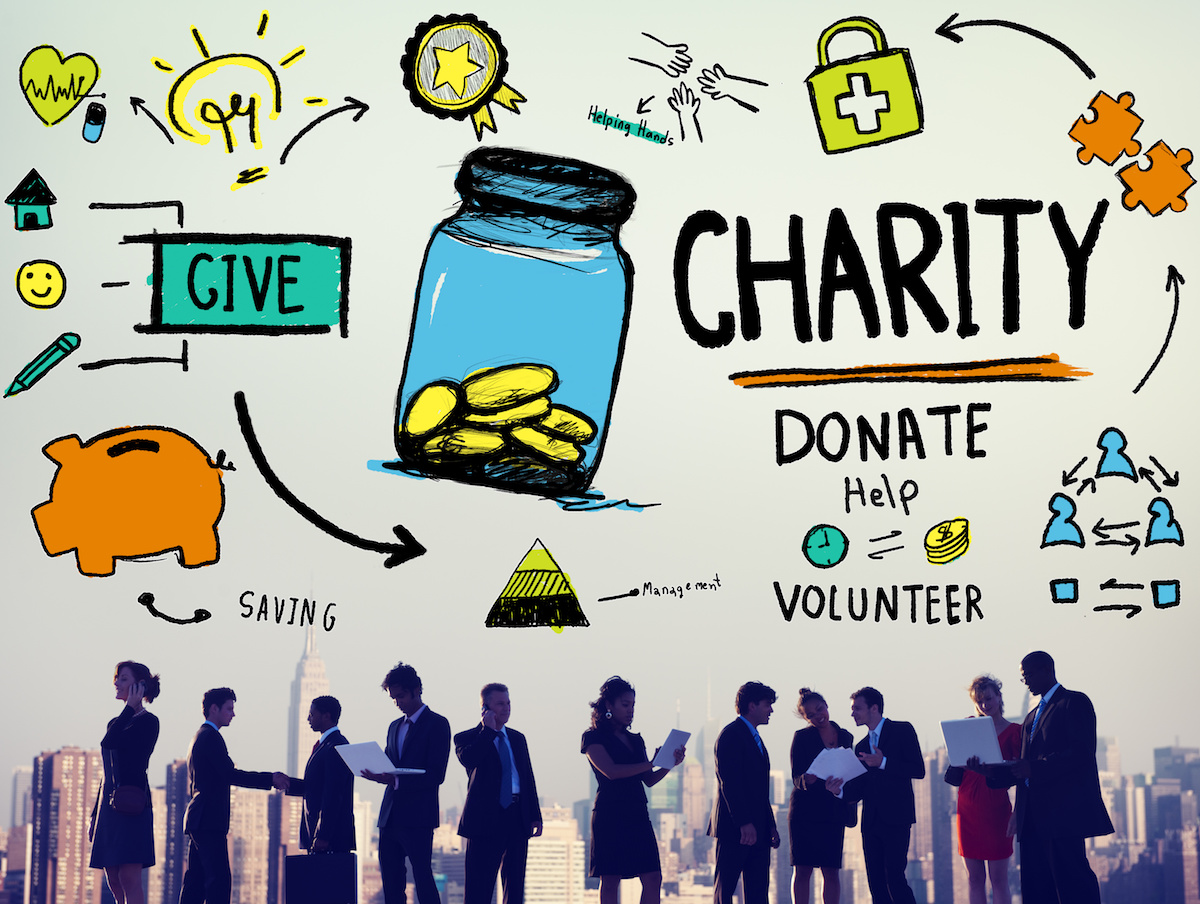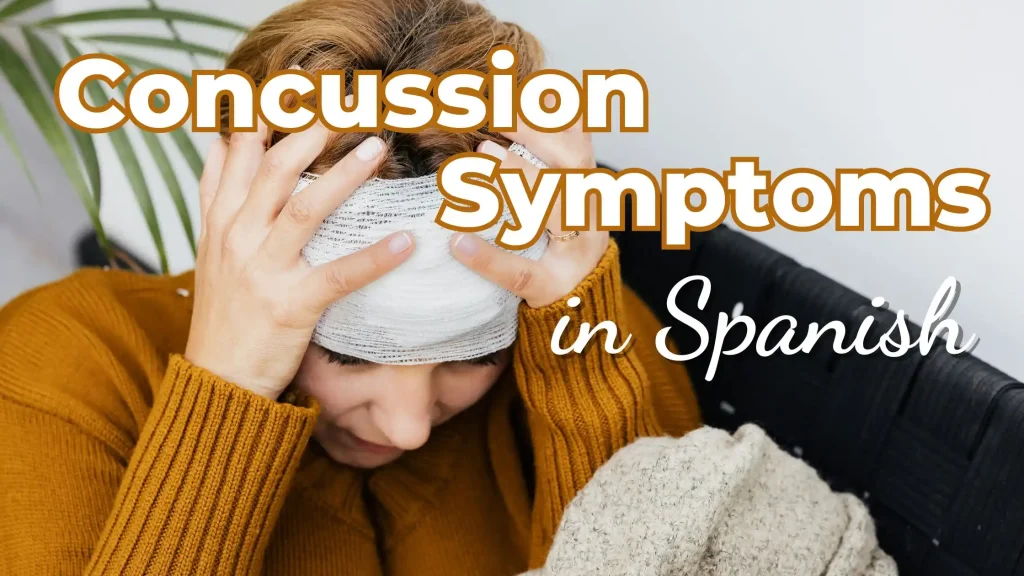In this Medical Spanish lesson we discuss the difference between Relief and Development when getting involved in communities and doing charitable giving.
Here is the video discussion from our Facebook group
Subscribe to our YouTube Channel to see all of our lessons and get the latest videos right away!
This lesson on good charity was prompted out of two books I’m reading: Toxic Charity and When Helping Hurts.
Both of these books focus on the reality that good intentions don’t always result in good outcomes. Additionally, charitable giving and charitable work often deliver unintended consequences that keep individuals and communities stuck in poverty and dependent on external resources.
Obviously no well-meaning person endeavors to create dependencies when they give or when they spend time volunteering. But how do you avoid unintended negative consequences – is there a framework or are there guiding principles that one can look to for guidance?
To begin, we must focus on the differences between Relief & Development.
Relief is short term intervention to get individuals or a community back on it’s feet. The underlying assumption is that once they’re out of the immediate mess they find themselves in, they can take it from there because they already possess the outlook and decision-making skills to be successful. Development is different. It recognizes that some people and some communities don’t have the outlook or infrastructure that it takes to be successful if they are lifted out of the immediate mess they find themselves in. Development work seeks to impart a new outlook and build the necessary infrastructure to guide people over time. In summary:
- Relief does for others. Development takes the long view and enables others to do for themselves
- Relief improves conditions (gives a fish). Development teaches someone to fish.
- Relief treats the symptom. Development addresses the root cause.
In the video lesson I share a story from When Helping Hurts about how World Bank sponsored relief was super successful for some countries but went totally wrong for others after World War 2.
Some realities that stood out to me as I was reading these books are:
- What Americans avoid facing is that while we are very generous in charitable giving, much of that moneys is either wasted or actually harms the people it is targeted to help.
- When we do for those in need what they have the capacity to do for themselves, we disempower them.
- Giving to those in need what they could be gaining from their own initiative may well be the kindest way to destroy people.
- When you see a need There is no simple or immediate way to discern the night responsive without a relationship.
- A hunger-free zone may be possible, but developing the dependency-free zone is the real challenge.
- To the extent the poor are enable to participate in the system intended to serve them. their self-worth is enhanced.
- Little affirms human dignity more than honest work. One of the surest ways to destroy self-worth is subsidizing the idleness of able-bodied people.Work is a gift, a calling, a human responsibility.
- The poor, no matter how distitute, have enormous untapped capacity; find it, be inspired by it, and build upon it.
In the video I share some stories that illustrate some interesting guidelines for helping:
- Never do for the poor what the have (or could have) the capacity to do for themselves. Watch the video to hear about a story of 2 wells: one that empowered and another that created a dependency.
- Limit one-way giving to emergencies. In the video I explain a personal story about my family and what started with tamales.
- Empower through employment, lending, investing… use grants sparingly. In the video I explain how micro-lending is better than gifting and how gifting leaves whole geographies underdeveloped and dependent.
- Subordinate self interests when engaging in charity. It is a reality that helping others feels good and changes you as a person. But the giver’s development always needs to be secondary to the receiver’s needs.
- Listen closely, especially to what’s not being said. Sometimes when involved in charitable work, you don’t feel that the recipients are taking full advantage of all you’re doing/giving. In that case, you should take a step back and ask yourself what is keeping people from your help?
- Above all, do no harm! Easier said than done if you don’t have a responsible framework for helping.
When Helping Hurts discusses 4 core relationships we all have as humans. The reality is that poverty is usually linked to a broken relationship somewhere. The core relationships we all share are:
- The relationship with the “Spiritual”
- The relationship with self
- The relationship with loved ones
- The relationship with the rest of the world
The point in understanding these core relationships we all have is that when addressing poverty, the only solution that will work in the long run must be focused on the actual cause – the underlying broken relationship. Here are some specific examples to illustrate:
- When the cause is lack of knowledge, the best solution is to educate
- When the cause is oppression by powerful people, the best solution is to work for social justice
- When the cause is personal bad decisions, the best solution is to mentor the individual (or community)
- When the cause is lack of material resources, the best solution is to provide what’s lacking
It’s very important to understand this reality because when you miss the mark on helping (like throwing material resources at all forms of poverty) you can cause or exacerbate the problems someone is facing. For example:
- When you give money to an individual or community that lacks knowledge, the very same need will resurface when the money you gave runs out.
- When you invest money in a system that is oppressive to its community, you invite more abuse and empower the oppressors.
- When you add money and resources to individuals or communities that make bad decisions, you compound the effects of their decisions and can send them deeper into poverty.
When helping hurts provides some further insights and guidelines:
- Recognize that most of the above 4 causes of poverty result in material poverty as well
- It’s important to focus on the root cause of the problem, not the symptom of the problem
- The help you’re able to provide is intrinsically linked to (and limited by) the relationships you build with the community
- Whenever possible, do with instead of doing for






I was directed to this page not through Spanish -English language, but through relief and development. In over 40 years of development work home and abroad, this is got to be one of the best resources for checking one’s motivations and methods I have found.
This is a concise and clear summary of two important resources in international and domestic development, specifically from a Christian perspective. Please expand on this theme and create a separate category so this is easier to find!